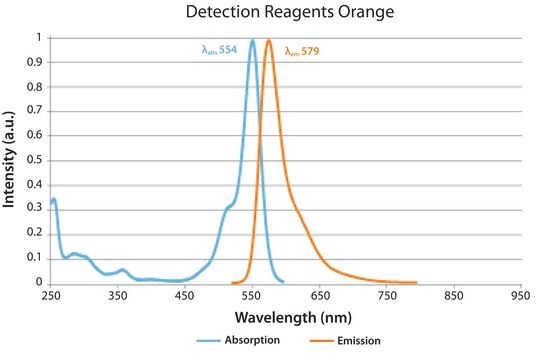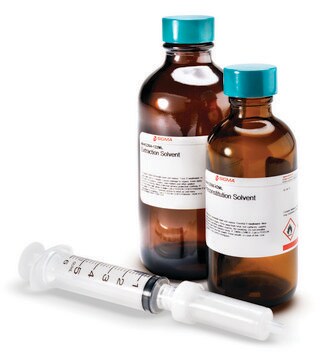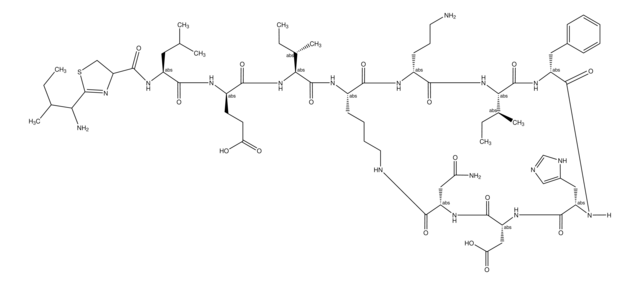Kluczowe dokumenty
MAK227
Chloramphenicol Extraction Kit
sufficient for 40 extractions
About This Item
Polecane produkty
charakterystyka ekologicznej alternatywy
Waste Prevention
Learn more about the Principles of Green Chemistry.
sustainability
Greener Alternative Product
Zastosowanie
cosmetics
food and beverages
sample preservation
kategoria ekologicznej alternatywy
temp. przechowywania
room temp
Opis ogólny
Zastosowanie
Click on the following link for a video demonstration of how the kit works
Cechy i korzyści
Przydatność
Zasada
produkt podobny
Hasło ostrzegawcze
Danger
Zwroty wskazujące rodzaj zagrożenia
Zwroty wskazujące środki ostrożności
Klasyfikacja zagrożeń
Acute Tox. 3 Inhalation - Acute Tox. 4 Oral - Aquatic Acute 1 - Aquatic Chronic 1 - Asp. Tox. 1 - Carc. 2 - Eye Irrit. 2 - Flam. Liq. 2 - Repr. 2 - Skin Irrit. 2 - STOT RE 1 Oral - STOT SE 3
Organy docelowe
Central nervous system, Liver,Kidney
Kod klasy składowania
3 - Flammable liquids
Temperatura zapłonu (°F)
10.4 °F
Temperatura zapłonu (°C)
-12 °C
Certyfikaty analizy (CoA)
Poszukaj Certyfikaty analizy (CoA), wpisując numer partii/serii produktów. Numery serii i partii można znaleźć na etykiecie produktu po słowach „seria” lub „partia”.
Masz już ten produkt?
Dokumenty związane z niedawno zakupionymi produktami zostały zamieszczone w Bibliotece dokumentów.
Nasz zespół naukowców ma doświadczenie we wszystkich obszarach badań, w tym w naukach przyrodniczych, materiałoznawstwie, syntezie chemicznej, chromatografii, analityce i wielu innych dziedzinach.
Skontaktuj się z zespołem ds. pomocy technicznej









